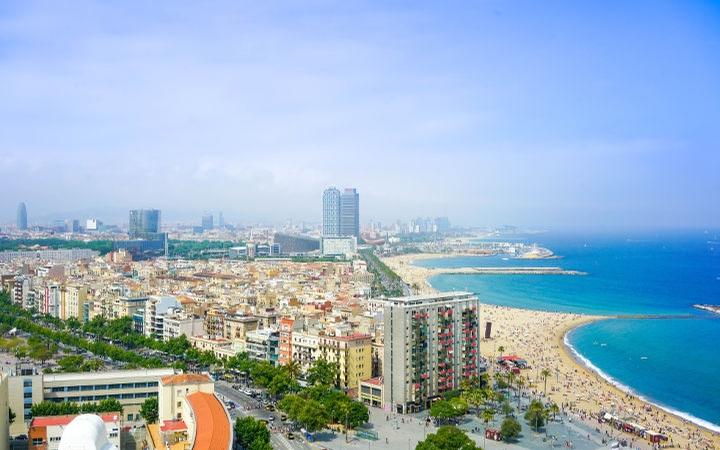
Things to Know Before Visiting Spain
22 May 2018, 9:52AM
Rebecca Brown
Spain will always come up with brilliant methods to bewilder and impress you whether you are paying a visit for the first, second or tenth time. Getting to learn a little bit about Spain before landing could come in useful whether you are on a city break or just an epic trip.
The whole country is an open book for new experiences such as Flamenco, Paella, Siestas, Sangria and sunshine all year round that you can’t afford to resist. However, the best part about Spain as a country is the sheer diversity found across the country as a whole. The languages, cultures and food could alter quite dramatically depending on which part of the country you are in.
Below are the things you need to understand before visiting Spain:
Meal times are normally late in Spain
In Spain, lunch and dinner are normally served a bit late compared to Northern European countries as well as the United States. Generally, Spaniards across the country take lunch from 2 pm to 4 pm while dinner comes anytime past 9 pm and could go on for a few good hours. Food is normally not rushed as it provides amazing opportunities to interact.
Always keep in mind that it may be hard to find restaurants open before 2 pm or 8:30 pm for lunch and dinner respectively, and you might be required to adjust your meal times. However some tourist-focused restaurants tend to have early meals while some serve meals throughout the day.
Sangria and Paella are not available everywhere
Locals find sangria an expensive drink meant for tourists visiting Spain. However, you might blend in well with the locals if you order a tinto de verano or summer wine comprised of lemonade and red wine.
Paella is not much of a big deal either, as it’s not a typical dish eaten all across the country. It can as well be found in some tourist restaurant in Barcelona and Andalusia. It is a specialty of the people of Valencia and might be less authentic in restaurants selling it in other cities. In addition, it’s good to know that Spaniards prefer to eat paella for lunch and not dinner, as it requires more time to digest.
Tourist Attractions to Avoid
Playa de las Americas in Tenerife is definitely a place where you wouldn’t want to spend a night. The southern parts of Tenerife are the best example, as they is overrun by nightclubs, pubs, chippies and almost no culture. However, the northern part of Playa de Las Americas might have something worth your visit, to Spain’s highest peak, the amazing Mt. Teide with its thick forests and old colonial towns which at times many tourists tend to ignore.
Plaza Mayor in Madrid is unique and majestic from both the inside and outside, but the 15 Euro fee to enter an unfinished cathedral is really not worth the money. Natives have even protested calling for wide pavements to be built in the neighborhood, as the large number of visitors make it impossible to move around. It would not be a good idea, especially if you are not the fan of standing in queues for almost an hour while workers clamber up scaffolding.
Top cities and sites to visit in Spain
The Camino de Santiago is a pilgrimage route that winds its way across the northern parts of Spain from Saint Jean Pied de Port in France to the city of Santiago de Compostela in Galicia, Spain. It stretches for a distance of about 800km and takes 30 days to walk. It has in the recent years risen in popularity as people of all ages and abilities are getting involved as well.
Pamplona city located in the Navarra region is well known for its popular San Fermin festival; the running of the bulls that happens annually. The top things to see here include the Museo de Navarra, the Cathedral de Santa Maria, the historic Café Iruna and the Ciudadela fortress.
O Cebreiro is a tiny village located at the border between the regions of Galicia and Castilla y Leon. The ancient round stone shelters with thatched roofs take you back in history for a while.
Leon is the headquarters of the Castilla y Leon region. It is well known for its elegant cathedral and its many grand monuments. The Antoni Gaudi Casa Botines is the main sight that you cannot afford to miss. The Real Colegiata de San Isidoro with its attached museum and the Panteon Real which is home to the Royal Sarcophagi are also among the sites to visit.
Of course there is plenty to see in Barcelona and Madrid as well – but that’s a part of the regular tourist fare. To get to know the real Spain, you are better off straying a bit off the beaten path, and exploring more of what this stunning country has to offer!
